I did a search on here and on good old Google, but would love some advice on here as well as I have not had a horse or pony with a club foot before. Now my farrier is amazing and has been trimming my guy since I had him weaned at 5 months old (he is now 13 months) on a 7-8 week schedule and nothing looking amiss. He noticed a few months ago his left front was going a little clubby so we put him on a 3-4 week trimming cycle and he is slowly and carefully trimming his heel back. He asked me the other day to have the vet out so they can grade it (he thinks its a 1 or 2) and see if he should be doing something differently. He is happy with how it has been looking the past couple of months with the shorter trimming schedule, but wants the vets opinion as well. I have the vet coming out on Aug 2nd for health papers and have already asked them to look at him as well.
This is a wb/pony cross and has very long legs. Always has and he really hasn’t grown into them. I notice (and did mention this to my farrier) that he always grazes in that foal stance and his left leg is almost always the one thats back (so weight on that front left toe and heel off the ground). He mentioned maybe he should be fed with a hay net or have shorter turn out (currently on grass 4 acre paddock from 4am-2pm, then on small 1/2 acre dirt paddock from 2pm-8pm, then inside for the night with some second cut hay fed on the ground). I’m a huge fan of turn out and hate to cut him back - he was thinking he could be grazing less and not in that stance as much and to feed him inside with a hung hay net to stop or minimize that stance. I’m not a fan of hay nets due to the head up position, but maybe its a good idea?? We keep our grass about 6-8" long as we try to keep the grass not too short for the sugar content (I have 3 other ponies) and not too long as well. I read that a breeder with some club footed foals tried to keep the grass higher so they weren’t doing that foal split stance. But not sure if I want to let our grass grow too long?
I’ve also read overfeeding grain can contribute but I haven’t changed his feeding amount since I’ve had him and he’s getting mid range grain for his weight (about 4lbs of purina exel HD, 1lb purina athlete and 2lb essential K all split into 2 feedings - plus mad barns Omenity, natural vit E and a probiotic). He’s on pasture and then comes into 1 flake of second cut hay for the night but doesn’t usually finish it.
Any ideas before the vet comes out? Am I too worried as he could grow out of it with him being so young and having it addressed now or ? Farrier also said surgery could be a possibility but of course want to avoid that! I’ve attached a couple of not the greatest photos and he was fresh off his trim (2 days ago).

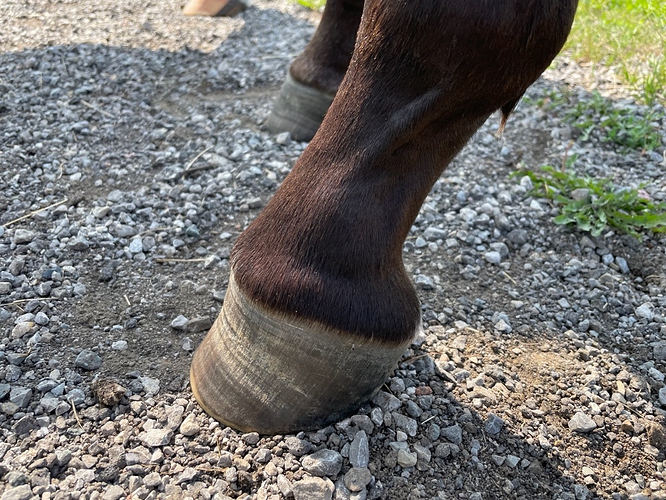
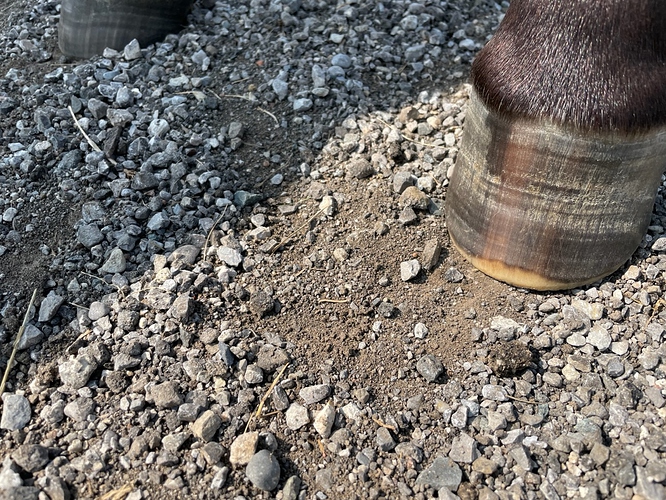
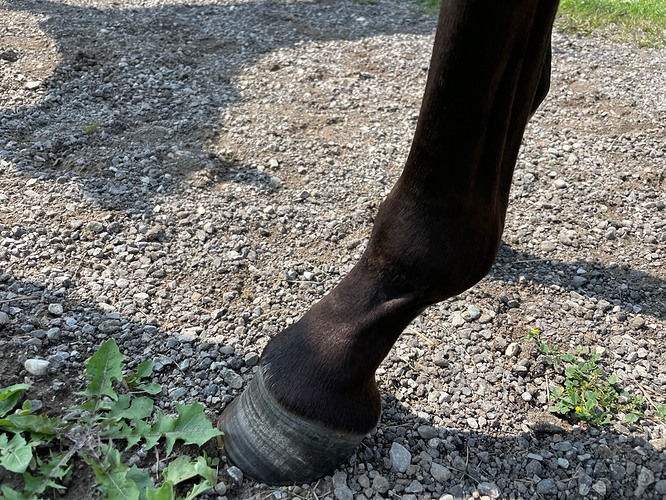
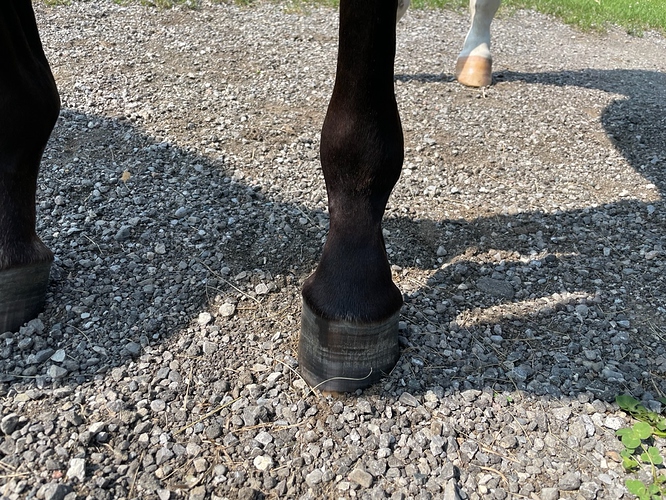
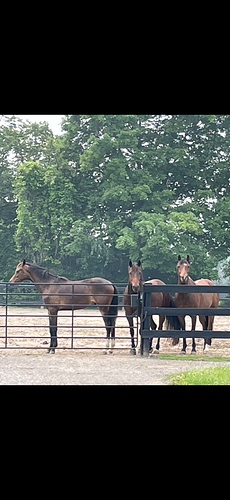

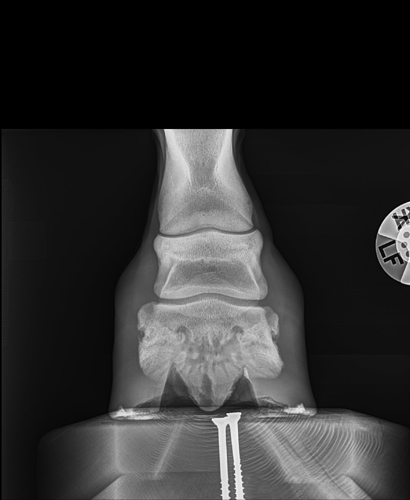
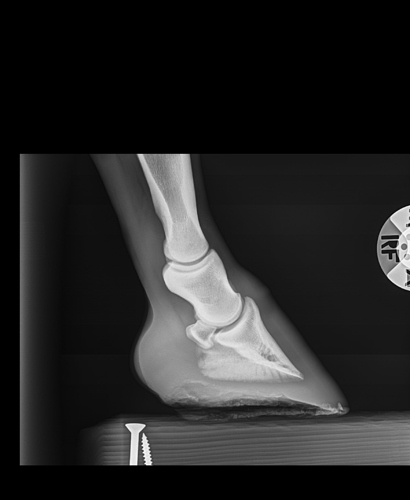

 `
`